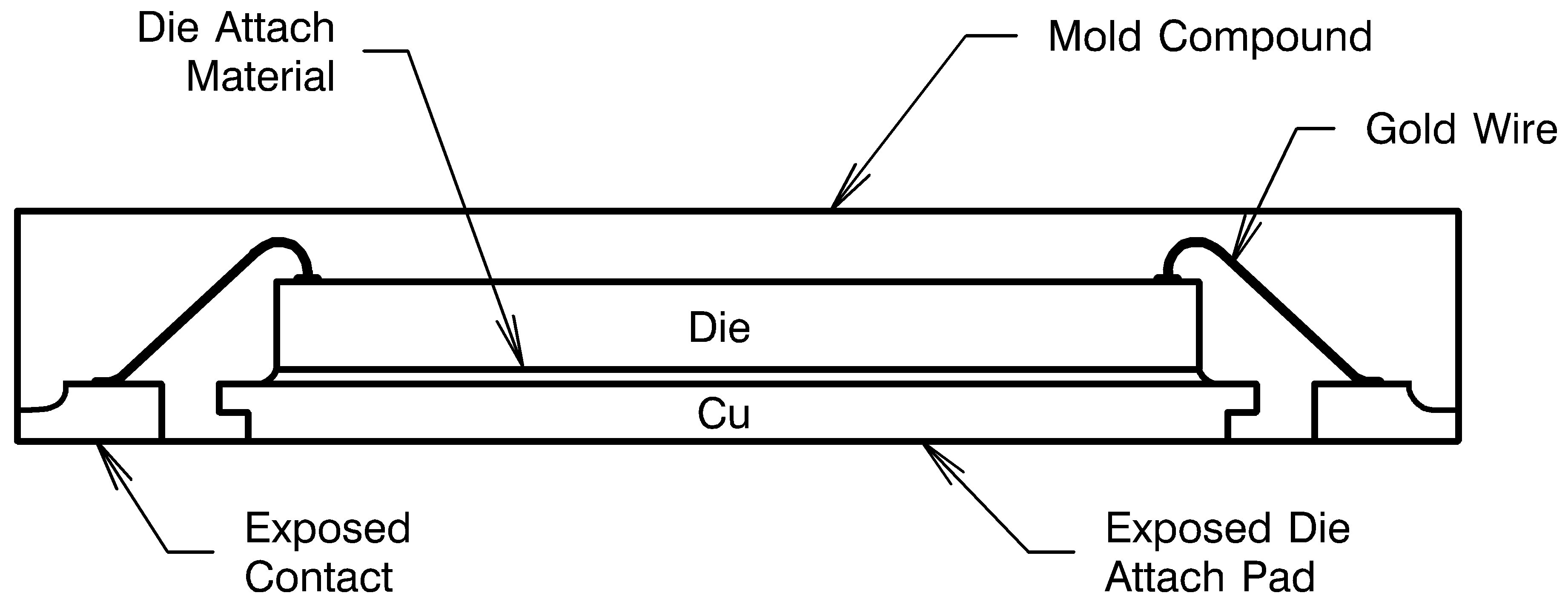ZHCSI81L February 2009 – May 2018 LM26420
PRODUCTION DATA.
- 1 特性
- 2 应用
- 3 说明
- 4 修订历史记录
- 5 Pin Configuration and Functions
- 6 Specifications
- 7 Detailed Description
-
8 Application and Implementation
- 8.1 Application Information
- 8.2
Typical Applications
- 8.2.1 LM26420X 2.2-MHz, 0.8-V Typical High-Efficiency Application Circuit
- 8.2.2 LM26420X 2.2-MHz, 1.8-V Typical High-Efficiency Application Circuit
- 8.2.3 LM26420X 2.2-MHz, 2.5-V Typical High-Efficiency Application Circuit
- 8.2.4 LM26420Y 550 kHz, 0.8-V Typical High-Efficiency Application Circuit
- 8.2.5 LM26420Y 550-kHz, 1.8-V Typical High-Efficiency Application Circuit
- 8.2.6 LM26420Y 550-kHz, 2.5-V Typical High-Efficiency Application Circuit
- 9 Power Supply Recommendations
- 10Layout
- 11器件和文档支持
- 12机械、封装和可订购信息
封装选项
机械数据 (封装 | 引脚)
散热焊盘机械数据 (封装 | 引脚)
订购信息
10.1 Layout Guidelines
When planning layout there are a few things to consider when trying to achieve a clean, regulated output. The most important consideration is the close coupling of the GND connections of the input capacitor and the PGND pin. These ground ends must be close to one another and be connected to the GND plane with at least two through-holes. Place these components as close to the device as possible. Next in importance is the location of the GND connection of the output capacitor, which must be near the GND connections of VIND and PGND. There must be a continuous ground plane on the bottom layer of a two-layer board except under the switching node island. The FB pin is a high impedance node, and care must be taken to make the FB trace short to avoid noise pickup and inaccurate regulation. The feedback resistors must be placed as close to the device as possible, with the GND of R1 placed as close to the GND of the device as possible. The VOUT trace to R2 must be routed away from the inductor and any other traces that are switching. High AC currents flow through the VIN, SW, and VOUT traces, so they must be as short and wide as possible. However, making the traces wide increases radiated noise, so the designer must make this trade-off. Radiated noise can be decreased by choosing a shielded inductor. The remaining components must also be placed as close as possible to the device. See AN-1229 SIMPLE SWITCHER® PCB Layout Guidelines for further considerations, and the LM26420 demo board as an example of a four-layer layout.
 Figure 47. Internal Connection
Figure 47. Internal Connection For certain high power applications, the PCB land may be modified to a dog bone shape (see Figure 48). By increasing the size of ground plane, and adding thermal vias, the RθJA for the application can be reduced.